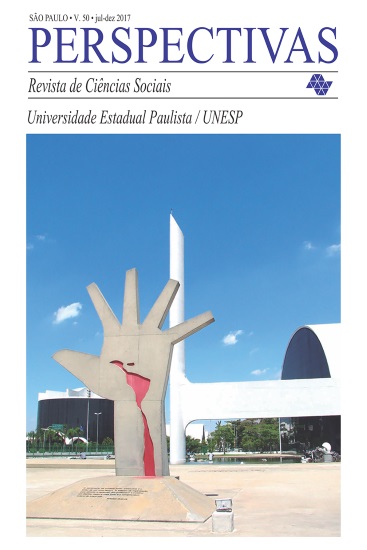Trade and regional integration: a brief analysis of Latin America (2004-2013)
Keywords:
Latin America, Foreign trade, Public policies,Abstract
In the 2000s, the countries of Latin America experienced a period of economic growth, associated with a process of important social transformations in the quest for poverty reduction. In this context, the foreign trade was one of the factors that contributed to the growth of the region. In view of the above, it is intended to assess the trade flows and their composition in the period from 2004 to 2013. In general, the foreign trade of Latin American countries is characterized by the supply of primary goods and consumption of products with greater technological content. On the one hand, the trade performance was strongly benefited by increased commodity prices and, on the other, evidences the sensitivity to international events. Therefore, the changes of the international context, mainly after the 2008-2009 financial crisis, challenges the Latin American governments to formulate effective policies that ensure economic growth, as well as the social advances achieved in the last decade.

